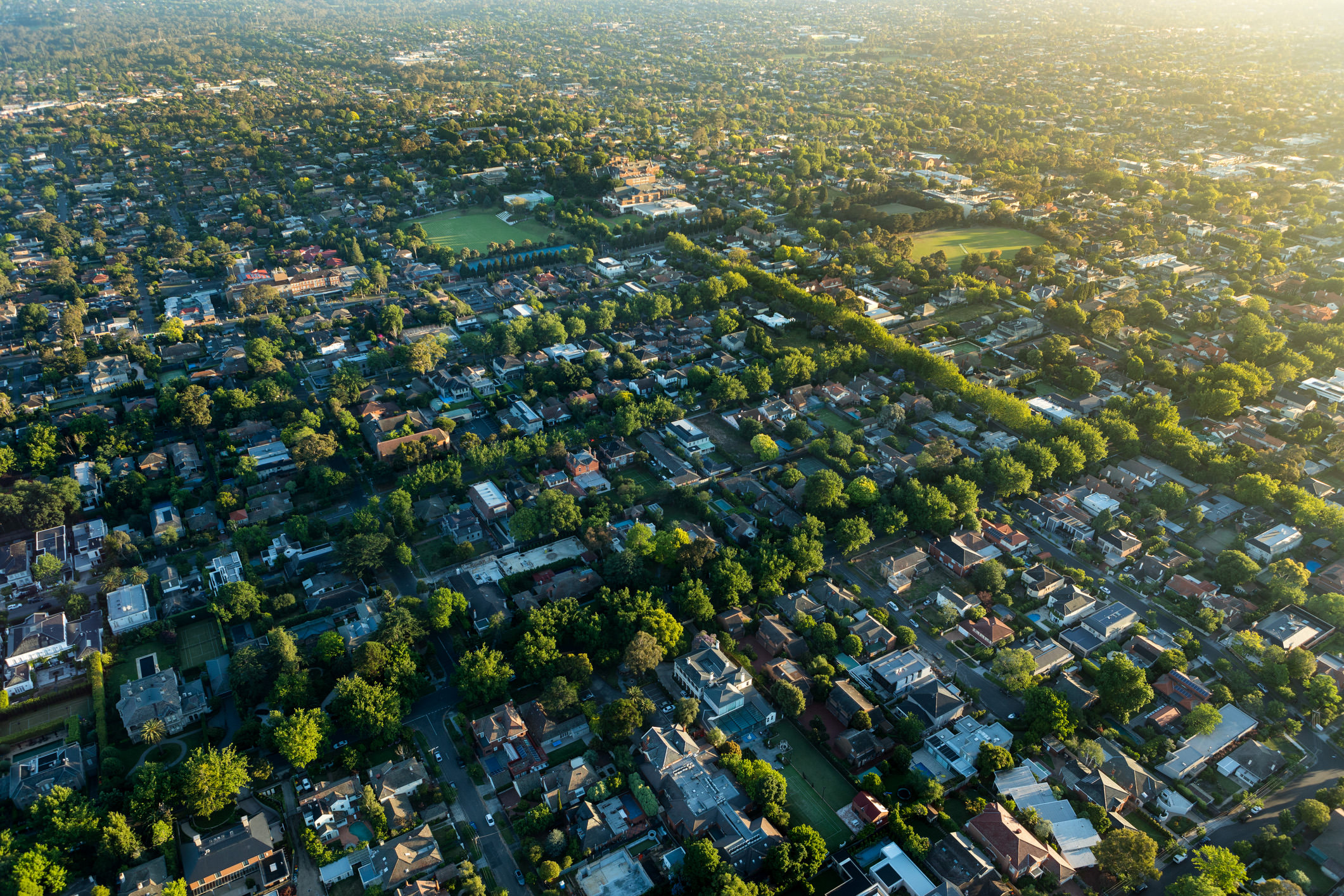Australia, China or USA - Which is more urbanised?
An urban forest strategy for Melbourne.
Home to big sports and fancy coffees, the best in health and education, astonishing food choices and entertainment for every taste – cities are increasingly the preferred habitat for humans. And while many have perhaps romantic colonial notions of us being a typically bushwhacking bunch Down Under, Australia is, in fact, one of the most urbanised countries in the world. That’s right, 90% of Aussies live in cities compared to 82% in the USA and just 56% in China.
But with all the thrill and convenience of city life, comes some all-too-familiar disadvantages as well – noisiness, pollution and an unwelcome prevalence of overheated concrete and bitumen that lacks greenery in which to enjoy nature and relax.
Australian cities are consistently regarded as among the world's most liveable, however, as our cities grow, they face new challenges including excessive heat, water scarcity and biodiversity loss. Nature can help meet these challenges but to date, there has been no strategy - and little coordination - for bringing the power of nature back to cities.
With smart planning, however, nature can offer a cost-effective solution to many of these problems. Our research (Planting Healthy Air) confirms that having more trees in the urban environment brings us better air, soil and water quality; significantly reduces heat; improves mental health and wellbeing; and improves property value. And of course, more trees, means more important habitat for urban wildlife and all those recreating urban humans too.
Growing a greener Melbourne
That’s why we’re working in conjunction with the global 100 Resilient Cities program, Resilient Melbourne, the Victorian Government, developers, planners, communities and 32 local governments, and developed a comprehensive Urban Forest Strategy for greater metropolitan Melbourne. In the strategy, we cover not just trees, but all types of vegetation in Melbourne’s parks, gardens, river and creek corridors, wetlands, street and railway corridors, backyards and community gardens.
Building on the successful impact our cities projects continue to have across the United States, our first urban project in Australia provides an evidence base to inform future planning for an even more liveable and sustainable city.
As President of the Friends of Lower Kororoit Creek, Geoffrey Mitchelmore remembers how things used to be in his favourite waterway. "About 15 years go the creek was dangerously unhealthy, filth-chocked and neglected eyesore. The Friends got together with a range of partners and worked hard to rehabilitate the area. Today it's a blooming, vital waterway right at our community's hearts". Geoffrey is thrilled with the idea of an urbran forest strategy for all of metropolitan Melbourne.
"We've shown what can be done on a relatively small scale in our local creek. The fact that The Nature Conservancy and its partners are developing a plan to improve urban greenery across Melbourne is so exciting. It will bring huge benefits for nature and for the people of Melbourne over the long term."
Urban forest strategy goals
- Healthy people: Protect and increase access to nature, green space and canopy cover to reduce heat exposure and improve mental and physical wellbeing
- Abundant nature: Protect and extend habitat connectivity and corridors to enhance biodiversity
- Natural infrastructure: Protect and increase vegetation on public and private land, in order to cool urban areas, retain water in the soils, reduce flood risk and increase water and air quality
This is the first strategy of its kind and Melbourne isn’t the only city in Australia facing challenges. We hope to adapt and apply the model developed to other Australian cities, enriching the lives of millions of people.




